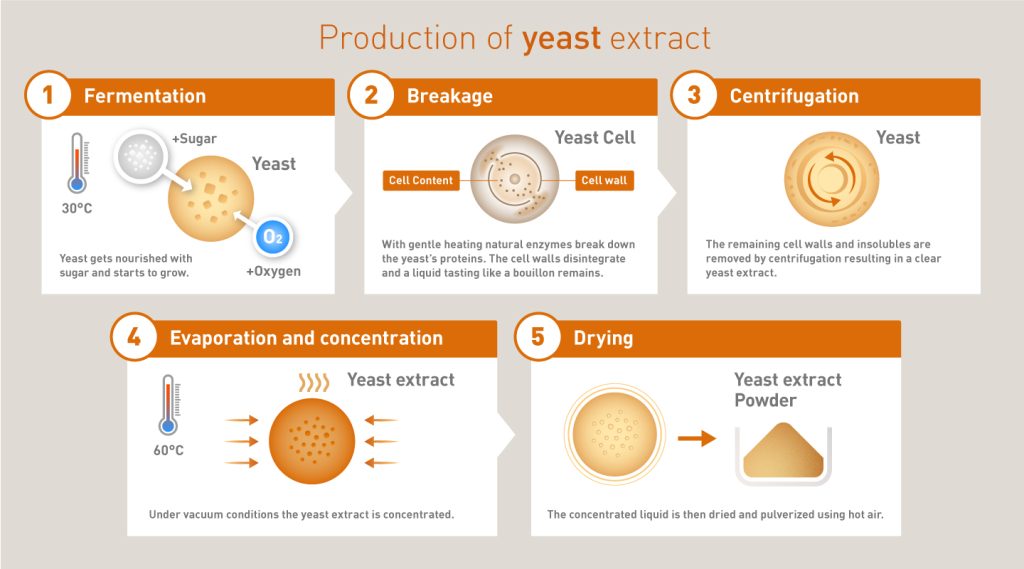It seems like every week brings a new study proclaiming the “health benefits” of certain foods or beverages. However, the reality is that many of these items aren’t as good for us as they may initially seem. A recent example involves research suggesting that moderate consumption of juice (containing only natural sugars) can lead to a small but significant reduction in blood pressure. While headlines often claim that regularly drinking juice can help treat high blood pressure, this assertion can be misleading at first glance.
Speaking with any nutritionist or health expert quickly reveals that even if juice lacks additives or added sugars, it may not be as beneficial as we imagine. While entirely natural juices, especially from low-GI fruits like berries, can be beneficial, it’s advisable to blend fruits with some vegetables when making smoothies. This increases fiber intake and prevents extreme blood sugar spikes. However, most people are more likely to buy convenient juices and smoothies from supermarkets rather than make their own at home.

This issue extends beyond juices. Many other store-bought foods and beverages are now considered highly processed, despite labels highlighting their supposed health benefits. Dr. Federica Amati, a medical scientist and public health nutritionist, refers to this phenomenon as the “healthy halo” effect. She explains that terms like “low-fat,”low-calorie,” or even naming products as “light” contribute to making processed and whole foods seem healthier than they are.
Consumers shouldn’t be blamed. Food marketing aims to sell products, so labeling items with these tags aligns with manufacturers’ interests, even if they can be misleading. Dr. Amati emphasizes the recent emergence of scientific knowledge about what makes some foods less healthy for us. Most research on Ultra-Processed Foods (UPFs), often featuring these health halo claims, associates them with measurable negative health outcomes.
She suggests going beyond labels and focusing on actual ingredient lists to accurately understand what you are buying (and consuming). Her advice is to be cautious if a food or beverage has many ingredients you’ve never heard of or sounds like a chemical composition. Such items likely fall into the UPF category. Additionally, added sugars and sweeteners can be found on this list, helping us make wiser dietary decisions. “Cardboard is low-fat, low-calorie, and low-sugar, and it’s vegetarian and gluten-free,” says Dr. Amati,”but I wouldn’t recommend eating it!”
Here, she shares the top five foods and beverages that sound healthy but often prove to be unhealthy:
1. Supermarket Juices and Smoothies
These are typical examples labeled as “made with real fruit” and/or “one of your 5 a day.” They are sweet drinks directly contributing to increased risks of children’s cavities, adult obesity, and type 2 diabetes.

2. Protein Bars
Commonly marked as “high-protein,”ancient”,”keto,” and “low-sugar,” these bars often contain dozens of ingredients, many of which are artificial sweeteners and emulsifiers, known to be unhelpful for our gut microbiota and overall health. Moreover, the majority of the UK population doesn’t need protein supplementation.

3. Breakfast Cereals
Similarly, breakfast cereals are labeled as a “source of vitamin D,”made with whole grains,”plant-based,” and “iron-rich,” but most are UPFs with high sugar or sweetener content and low nutritional value—a suboptimal way to start the day.

4. Supermarket Pastries and Breads
These are nearly always UPFs, frozen for weeks and “freshly baked” on the same day. They can contain up to 30 ingredients, including various preservatives, emulsifiers, extracted sugars and starches, and artificial colors. Freshly baked bread and pastries only need flour, water, yeast or sourdough, and a little salt or butter.

5. Children’s Snacks
One of the worst culprits, these snacks are often challenging for parents to identify as UPFs due to effective marketing. UPF consumption is highest among children under two years old. They are often weaned on pouches and pre-packaged finger foods, which should be occasional treats rather than a substantial part of their diet. Examples of marketing terms include “encourages self-feeding”, “real fruit slices,” and “finger foods.”

In conclusion, understanding the actual composition of foods is crucial for making informed dietary choices. By going beyond misleading labels and focusing on ingredient lists, consumers can navigate the deceptive world of “healthy” foods more effectively.



